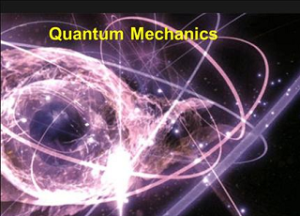
The whole and the part
An essential question of small things is not to imagine them totally unconnected, this is a complex problem for modern man, because his vision was shaped by idealism to see things in pieces, in isolated parts, without forming a whole.
problem for modern man, because his vision was shaped by idealism to see things in pieces, in isolated parts, without forming a whole.
It is thus for philosophy, for the sciences, for the arts, and even for religion, which sees God as the essence of the “whole,” but almost always segregates it from human realities. A great master and thinker on the subject, his book “The part and the whole”, has just this name was Werner Heisenberg (1901-1976).
The book can be considered his intellectual autobiography, where it makes dialogues with Einstein, Bohr, Planck, Dirac, Fermi, Pauli, Sommerfeld, Rutherford among the most prominent names of the physics of his time, as well as philosophical dialogues with other colleagues.
According to the author in the preface: “Modern atomic physics has shed new light on philosophical, ethical, and political problems. Perhaps this book can contribute to the understanding of the fundamentals of this discussion by the greatest number of people. ”
It is difficult to summarize the ideas of this book, segment it would contradict the proposal itself, but the winner of the Nobel Prize in physics at age 31 (in 1932 therefore) for the formulation of the principle of Uncertainty, said about his book: “I intended to convey, those who are far from atomic physics, an impression of the movements of thought (Denkbewegungen) that accompanied the history of the emergence of this science. ”
The part, however small it is essential to the whole, from the modern atomic and quantum physics, and segments it is to realize the atomic fission, a rupture with nature and man.









